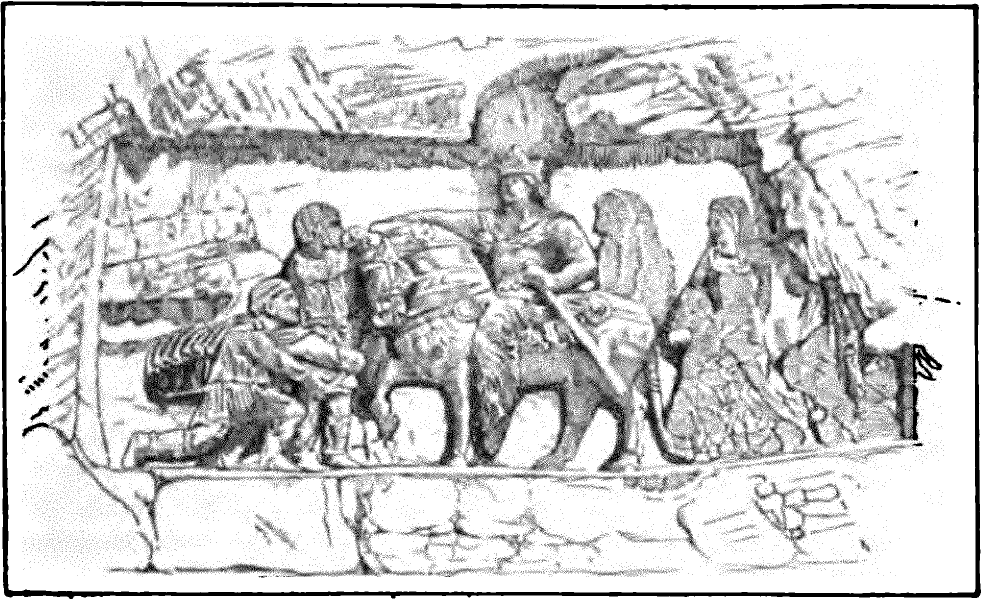<![CDATA[An Ancient Egyptian carving that dates back to more than 3300 years has been unearthed in Sudan. This carving is believed to bear the scars of the revolution that transformed the great Egyptian civilization. Experts state that the carving once used to occupy the walls of a temple in Sedeinga, which was dedicated to Queen Tiye who is believed to have died in the year 1340 B.C. The panel was then reused in a tomb that held a coffin above the floor several centuries after her death, once the temple had fallen to ruins. It was carved in Nubian sandstone, is 5.8 feet in height, about 1.3 feet in width and it was found in two separate pieces. Archaeologists have managed to uncover the fact that the face of Amun and the hieroglyphs were hacked out of the panel. It is believed that the order to deface the carving was given by Akhenaten, an Egyptian Pharaoh who tried to focus Egyptian worship towards Aten (the sun disk). According to Vincent Francigny, a research associate working for the American Museum of Natural History, New York, Akhenaten was believed to have obilerated the name and all images of Amun throughout his kingdom, including the ancient lands of Nubia, a region that now falls under Sudan. It is also believed that the carving had been created by Akhenaten’s mother and that she was alive when it was defaced. However, Francigny believes that the defacement wasn’t directed towards the Pharaohs mother. He also stated that only one column of the ancient Queen Tiye temple has managed to survive till today and this has still not been excavated. However, the revolution started by Akhenaten did not last all that long. Shortly after his death, Tutankhamun, his own son, assumed the throne of Egypt and channelled the empire back to the polytheistic religion. A number of ancient records talk about King Tut’s efforts in undoing the revolution unleashed by Akhenaten. Archaeologists have also uncovered the fact that Amun’s face and the hieroglyphs were restored on the carving by King Tutankhamun, an Egyptian Pharaoh famous for his extremely rich tomb. Francigny stated that the name and the face of Amun were initially hammered out of the carving and then were later carved once again. This proved the persecution of Amun extending to the remotest of Egyptian provinces during Akhenaton’s reign. This fact was confirmed by Claude Rilly, the director of the French Archaeological Mission located in Sedeinga. Ancient recordings state that it was believed that Akhenaten’s actions had made the gods and goddesses abandon Egypt, a reason why the cities fell into decay and the shrines went into ruin. The people believed that the gods were ignoring the blessed land and that the gods did not come at all, irrespective of whether one was praying to the god or beseeching the god]]>
Ancient Egyptian Carving Unearthed in Sudan
